There’s a reason more than half of all gardeners plan to grow edibles this year. Food you grow tastes better, is healthier for you, and fills you with a quiet feeling of pioneer satisfaction. Actually, that’s a lot of reasons. Our Design Guide for Edible Gardens includes 40 of our most popular posts to make yours easy to plant, a pleasure to cultivate, beautiful to look at–and delicious to eat:
Garden Design and Layout
Above: Photograph by Meredith Swinehart. For more, see Hardscaping 101: Pea Gravel.
An edible garden should be as beautiful as it is useful. A pleasing design will lure you to spend time more time in the garden, where you’ll discover that weeding, staking, and fertilizing will only make it lovelier. For inspiration, see 136 images of our favorite Edible Gardens in the Gardenista Photo Gallery.
Above: Garlic and echinacea are both blooming in A Cook’s Garden in Upstate New York. Photograph by Laura Silverman.
Whether your edible garden is tiny or vast, choose a design that mixes ornamental and edible plants. Lay out paths that are a comfortable width and use material that feels good underfoot. Garden beds should be generously sized but narrow enough for you to weed without stepping into them. For edible garden design tips, see Hardscaping 101: Raised Garden Beds.
Above: Raised beds allow you to control the quality of soil. Uniformity in shape, size, and height creates a pleasing layout. For more of this garden, see The Ultimate Edible Garden, Courtesy of a California Master.
Above: If space is tight, even a single raised bed is enough for an edible garden. We like the technique of turning a water trough into an edible garden. For tips, see Steal This Look: Water Troughs as Raised Beds. Photograph by Marla Aufmuth for Gardenista.
Above: An elegant deer proof fence for an edible garden on Long Island’s East End. For more about how this garden was designed, see The Landscape Designer Is In: Elegant Deer Fencing, Hamptons Edition.
Don’t tell the deer we said this, but deer proofing is an essential part of the design process. For tips, see The Garden Designer is In: Deer Proofing an Edible Garden.
Above: Photograph by Michelle Slatalla.
When you design an edible garden bed, lay out a drip irrigation system before you plant. For the basics, see Hardscaping 101: Drip Irrigation.
Above: Architect Sheila Bonnell waters her edible garden the old-fashioned way on Cape Cod. For more of her garden, see Architect Visit: A Kitchen Garden on Cape Cod. Photograph by Matthew Williams.
Choosing Plants and Seeds
Above: Photograph by John Merkl for Gardenista.
In winter you can sprout seeds indoors to transplant into the spring garden. Early crops, such as lettuces, can be sown directly into the ground in March when the dirt soft enough to work with a trowel.
Some of our favorite sources for seeds are Jardin Seed Co. (which sells 135 varieties of heirloom seeds); Kitazawa Seed Co. (which sells more than 250 varieties of traditional heirloom vegetables from Japan), and family-owned Homestead Seeds (with more than 200 varieties of heirloom squash, pumpkin, and gourd seeds).
Above: Photograph by Michelle Slatalla.
If you have a small space (or are growing edibles indoors, consider growing microgreens for salad. For tips, see Ask the Expert: 9 Tips to Grow Edible Microgreens.
Above: Photograph courtesy of Star Apple Gardens.
What companions are you going to plant–and where? It’s important that the plants in your edible garden be friends. It’s a little bit like drawing up a classroom seating chart for middle school students. For ideas, see DIY: Plants Have Best Friends Too.
For tips about which plants are friendly (and which need their space), see our Field Guides.
Above: Kendra eats flowers in her salad. Photograph by Kendra Wilson.
Make room for edible flowers in your vegetable garden. Not only are they delicious, they’ll also add a little color to the kale’s cheeks. For tips on growing and eating edible flowers, see DIY: Add Edible Flowers to Your Salad and Laura Silverman’s recipe for Flower-Flavored Butter.
Above: Photograph by Erin Boyle.
Looking for the basics? For tips on growing Lettuces, Tomatoes, Carrots, and Chives, see our Field Guide archives.
Seed Starting and Cold Frames
Above: Photograph by Erin Boyle.
Know your climate. Before we try to grow anything, we like to consult The Old Farmers’ Almanac (and not just because it’s a “hoot,” in Jeanne’s opinion). This little book’s format hasn’t changed much since it was first published in 1792 (when George Washington was president). And it’s still chock full of useful weather and climate information. If we’re in a hurry, we might skip over the pages of astrological advice and go right to the section on crop rotation.
Above: Photograph by John Merkl for Gardenista.
In winter or early spring, sprout seeds in homemade newspaper pots. Because the paper is biodegradable, you can transplant the pots directly into the garden. For more, see Gardening 101: How to Sprout a Seed and DIY: How to Make Newspaper Pots.
Above: A cold frame in fashion designer Courtney Klein’s San Francisco backyard is built of 10-foot-long redwood planks. For more of her garden, see Courtney Klein’s Mission District Backyard.
To get a jump on the spring growing season, start seeds and keep seedlings warm in a cold frame. It’s essentially a warming hut for plants; see Janet’s comprehensive Hardscaping 101: Cold Frames for everything you need to know to get going.
If you’ve got an old cold frame you haven’t used in a while, Erin figured out that it’s easy to DIY: Revive a Cold Frame.
What to Eat
Above: Cookbook author Marie Viljoen harvests year-round from an edible garden planted on her Harlem terrace. Try her Fennel Pesto and Mushrooms á la Greque.
Guides and Handbooks
Above: Photograph by Jason Ingram.
Whether your edible garden is grand or humble, it helps to have a guidebook. We’ve dogeared quite a few pages of advice (and inspiration) about how to design, plant, and grow an edible garden. Some of our favorite books on the subject are The Beautiful Edible Garden, The Edible Balcony, Kitchen Garden Experts, and The Old Farmers’ Almanac.
Finally, learn how to successfully design and create an edible garden with our Hardscaping 101: Edible Gardens guide.










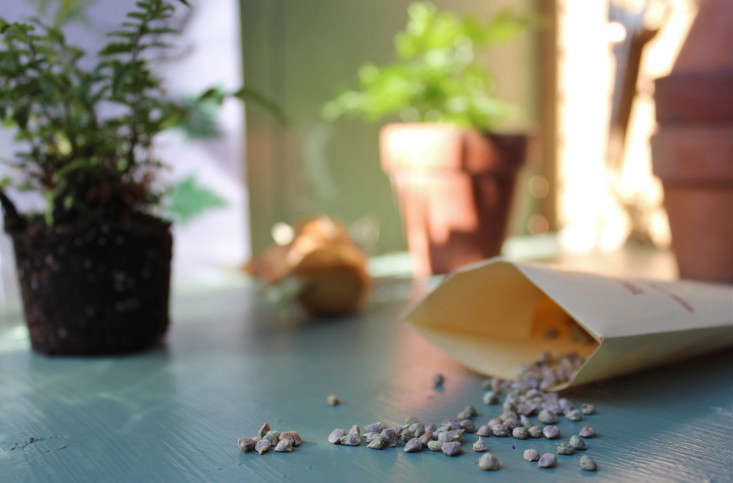
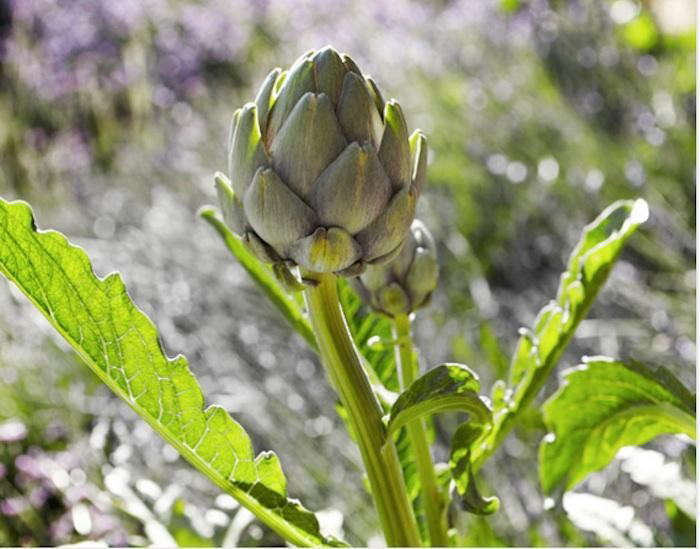
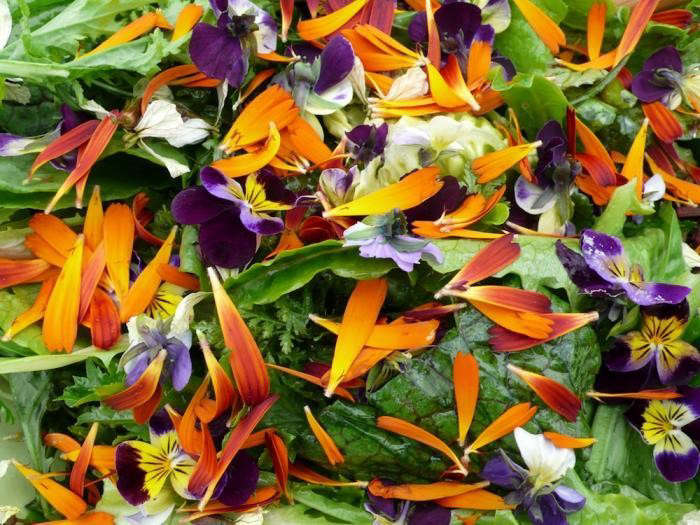
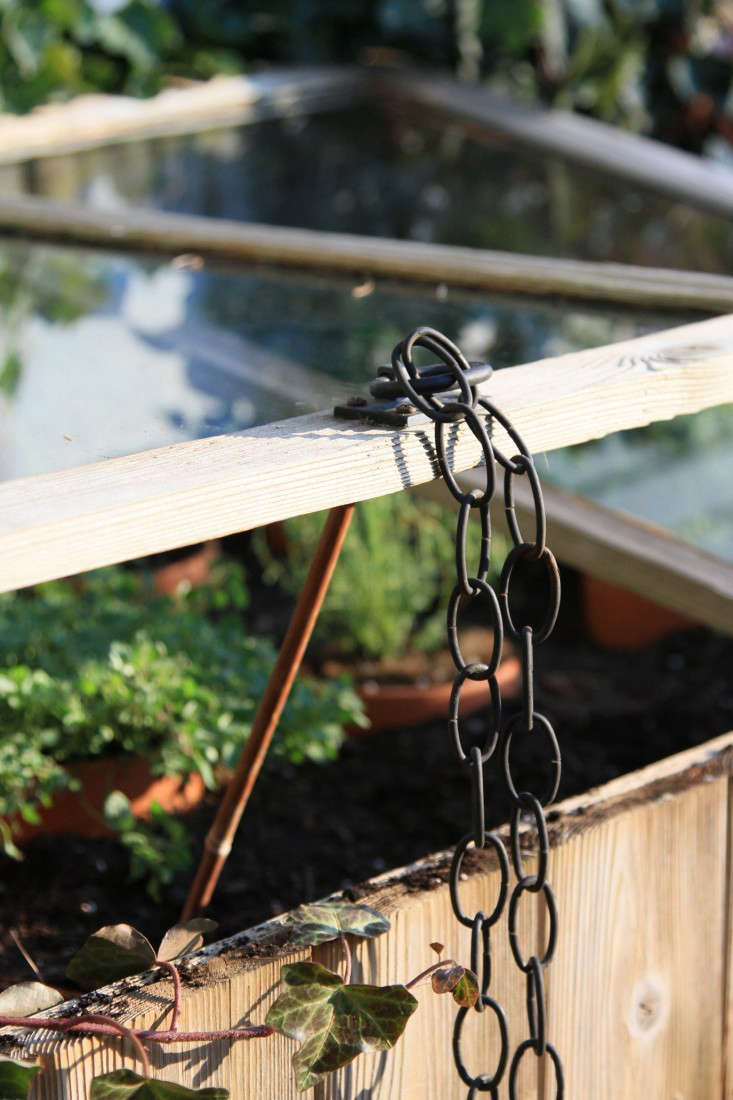
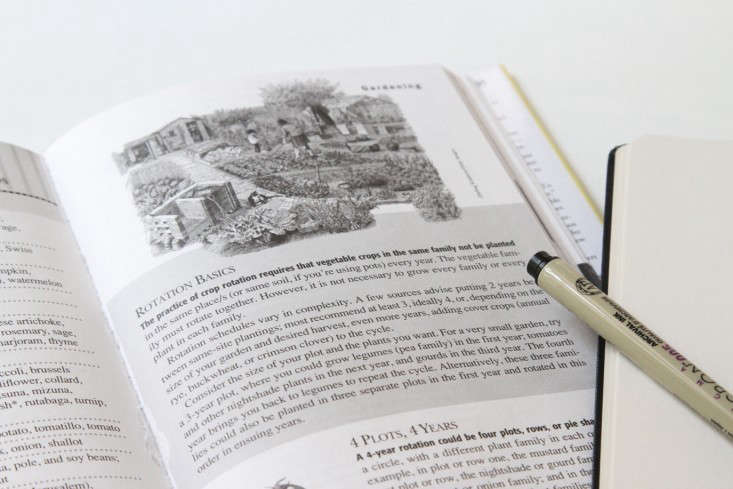

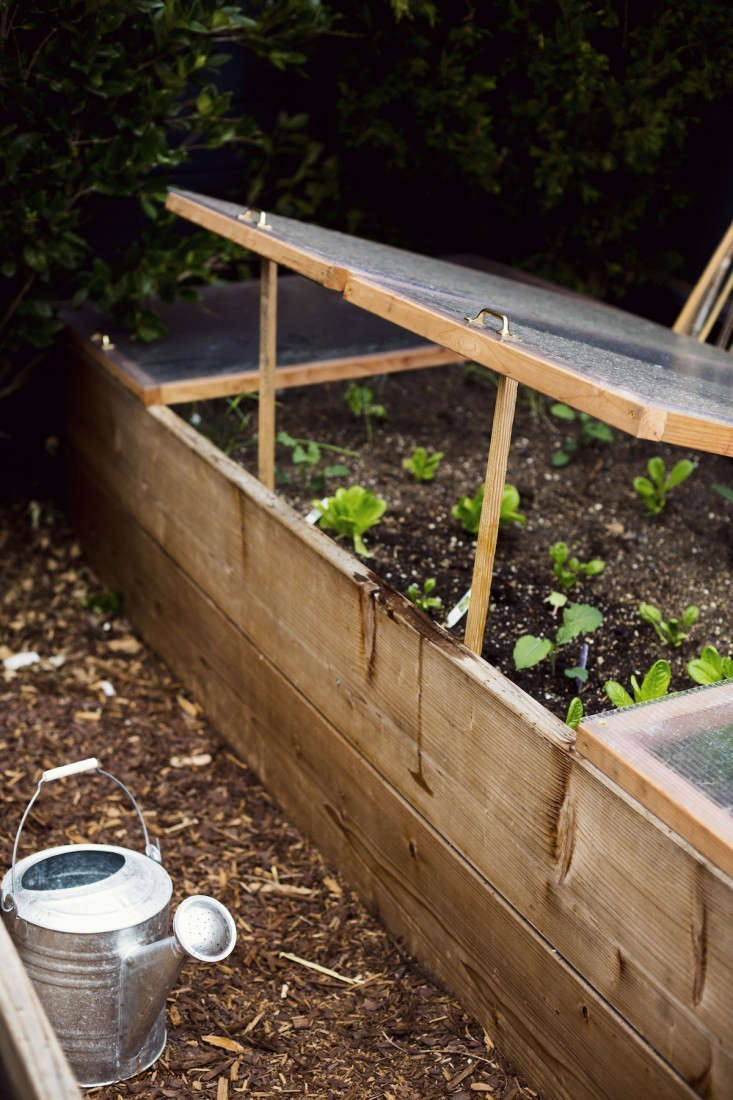












Have a Question or Comment About This Post?
Join the conversation (2)